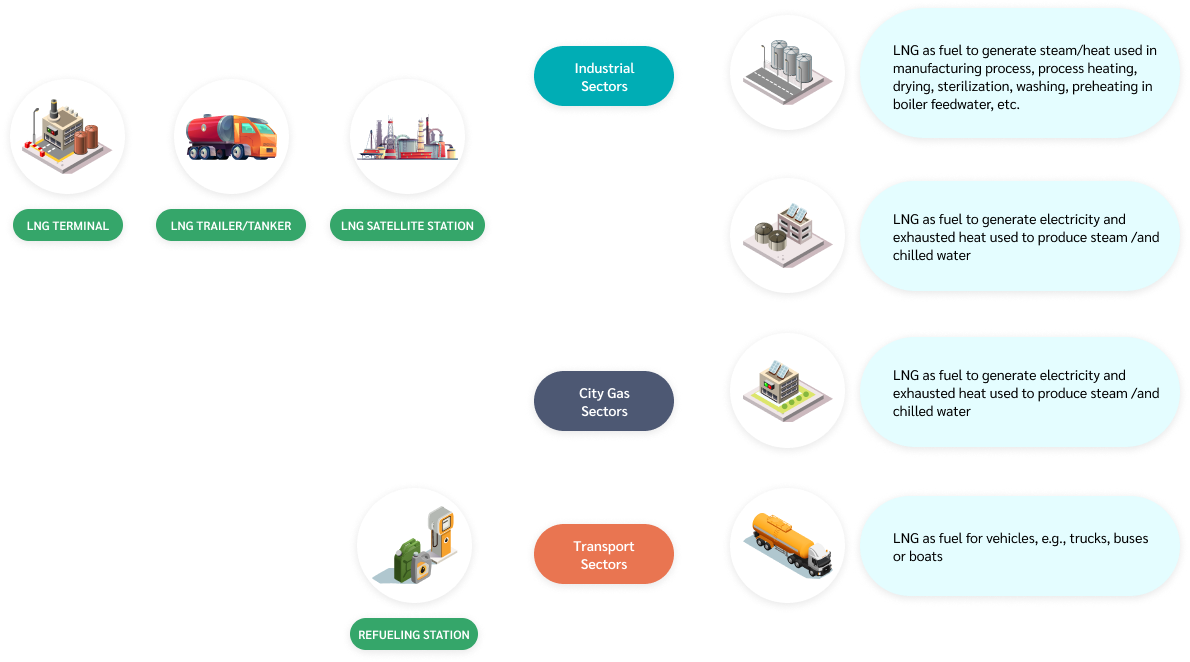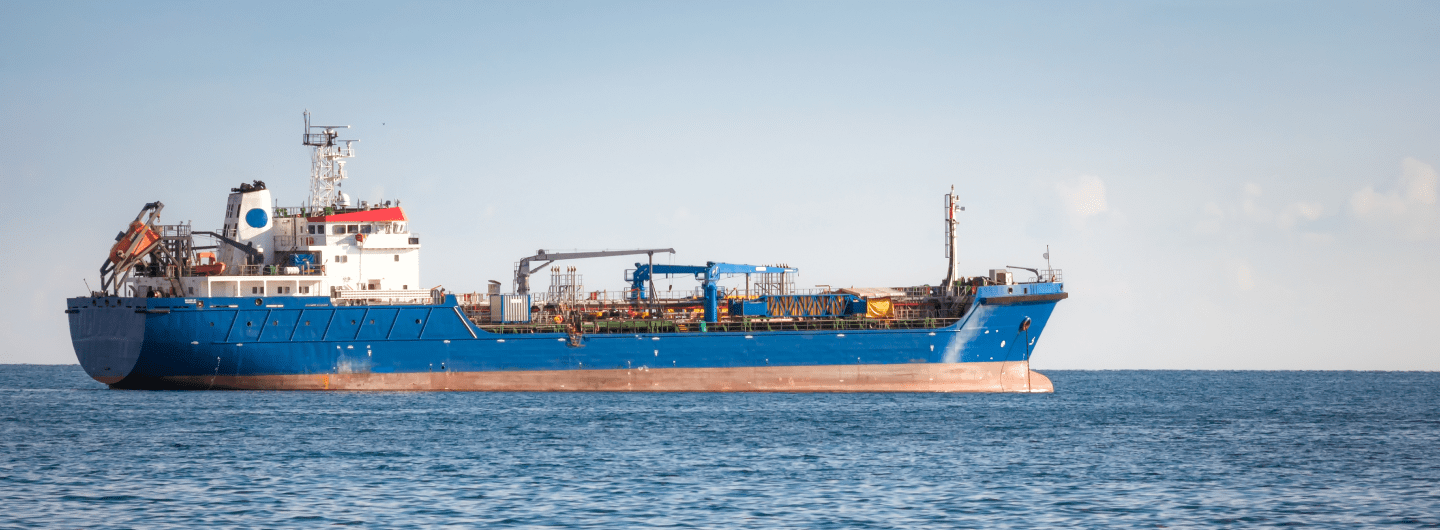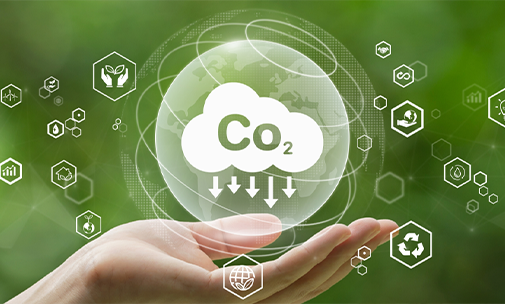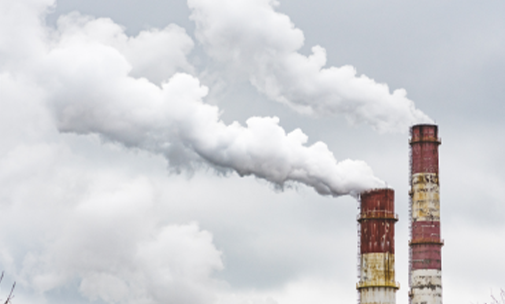What is LNG?
Liquefied Natural Gas (LNG) is the cleanest burning fuel which is playing as a transition to future energy.
LNG is the natural gas which consists of a mixture of hydrocarbons predominantly methane (CH4) more than 90%. It characterizes as a clear, colorless, non-toxic liquid that forms when natural gas is cooled to approximately less than -160 °C.
As the natural gas condenses, about 600 volumes of gas compress to one volume of liquid. This makes it commercially feasible to transport large quantities of gas each time. transported in large quantities at a time.
The LNG is generally regasified by exchanging heat with ambient temperature before being fed as industrial or transport fuel. Hence, it economically delivers for long distances.
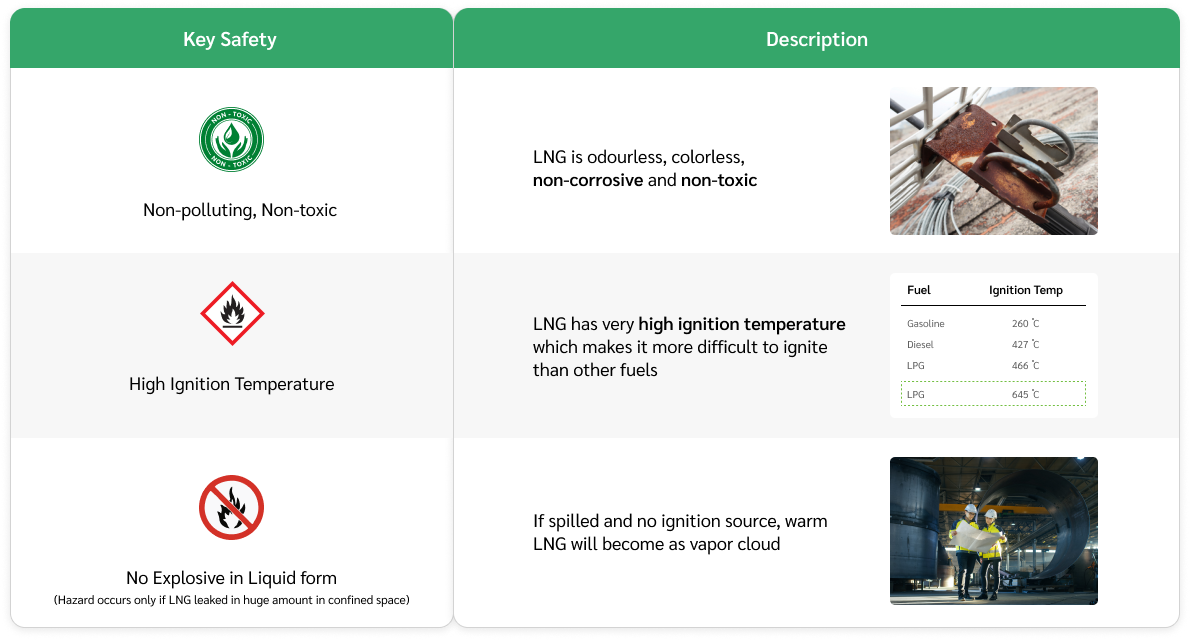
LNG Application
Environmentally Friendly
- Releases significantly less CO2, NOx, SO2 and other pollutants
- Leaves no ash or particulates
Safer
- Odorless, colorless, non-corrosive, and non-toxic
- High ignition temperature
- Low density makes its become vapor and rise above the atmosphere
Cost-Effective
- Reduce fuel consumption
- Increase process efficiency
- Energy saving
LNG Application
